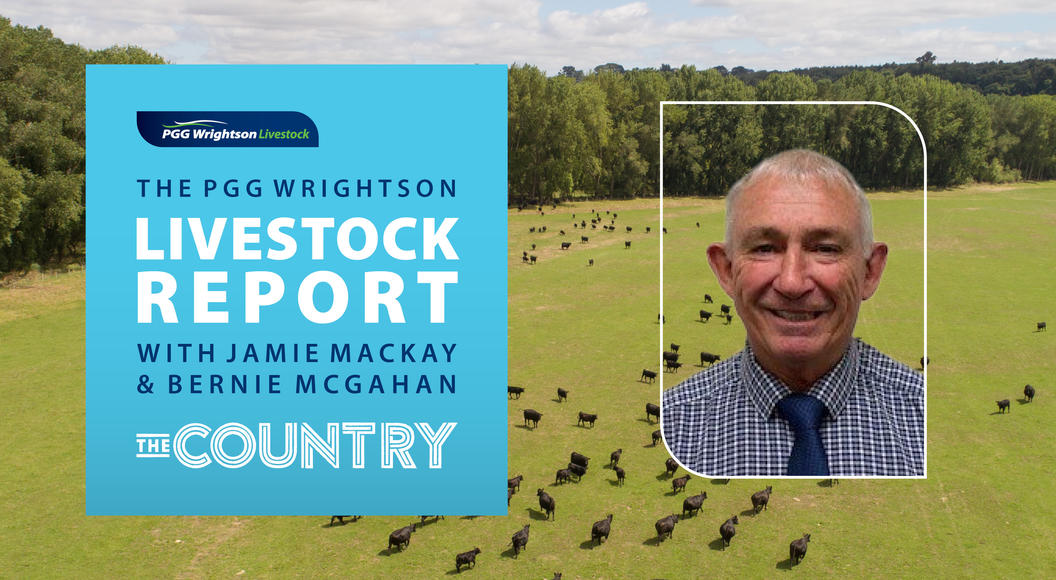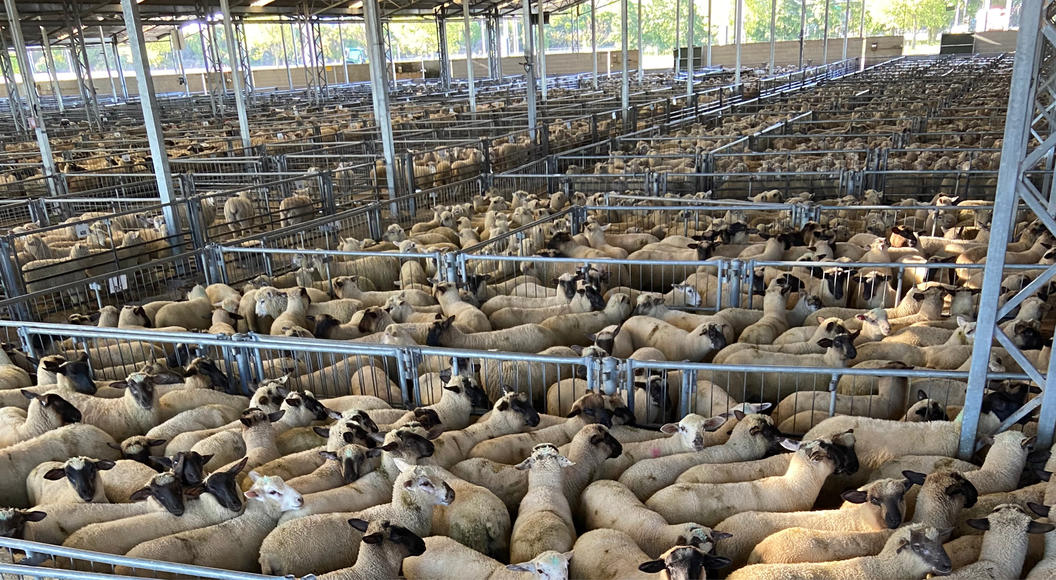Logical principles key to effective breeding programmes
By Jake Phillips
Applying some logical principles will result in an effective breeding programme.
Producing ‘better’ animals by improving their genetics is the goal of breeding. For most ‘better’ would be classified as more productive or generating higher returns.
Animal breeding programmes have three primary components: an objective, programme design and animal selection, which covers the ‘what,’ ‘how’ and ‘who’ necessary to improve your cattle.
Step one is to recognise and understand your target market. Establishing a robust breeding objective should be based on what consumers demand: knowing who you are producing for gives you purpose and direction when deciding how to manage your farm and your stock, although that understanding should sit alongside recognition of long term trends.
Trends come and go over time. One constant is that every dollar the industry earns comes from families buying beef for the dinner table. The consumer is king. Keeping their evolving sensitivities in mind will ensure you are well placed to supply a sustainable, healthy, nutritious and satisfying meal experience.
When the major influence on the genetics of a commercial herd is the bull, it pays not to make selection decisions lightly: those decisions have long-term consequences and will pay you back over an extended period. From selecting a bull, its progeny will be born over the next three years, slaughtered over the next four, and its female progeny used for breeding over the next ten years. Good selection decisions therefore roll on down the generations and through the decades.
To make an effective selection you need to be able to describe the traits of an animal, otherwise known as a genetic evaluation, then use these to select bulls with superior genetics.
In order to make an accurate mating decision we need to set an end goal. That should specify a target and a time line. Your target might be to increase sale weight per cow, to increase compliance to market specifications, or to decrease mature female size. Like any goal, achievement of these needs to be tied to a set number of seasons. Working out where you need to be in five years will help bring the improvements you need into focus and make the process more manageable.
With your breeding objective, based on the expectations of your target market, realistically you need to select between three and five traits in your herd to improve as a priority. Ensure your goals are measurable over time: after all if you can’t measure your improvements how will you know when you’ve made it?
Estimated Breeding Value, or EBV, predicts the genetic merit of an animal for individual traits. These are calculated from pedigree, performance and genomic information. Based on raw data submissions on registered Angus cattle in the Trans-Tasman Cattle Evaluation (TACE), covering 2.4 million head of cattle evaluated according to 200,000 genotypes, EBV indicates the expected difference in progeny performance due to genetics.
EBVs reliably predict genetic differences. They might include calving ease, birthweight, gestation length, weights at 200, 400 and 600 days, carcase weight, carcase rib and rump fat, eye muscle area, intramuscular fat, scrotal size and net feed intake. Focusing on three to five of those traits, you need to monitor accurate information on the genetic merit of the candidates. A couple of other criteria are necessary: some selection pressure, and plenty of patience.
Part of the variation we observe among animals is due to genetic differences. Other reasons for variation are generally due to non-genetic factors, such as differences in environment and nutrition. How much each genetic difference influences an animal’s performance varies from trait to trait. This is explained by differences in the heritability of the traits. For example, gestation length, intramuscular fat and carcase weight are more heritable traits, while days to calving, milk and weight at 200 days are less heritable. While breeding for more heritable traits can give you a clearer path, some of the less heritable traits will also improve productivity, if you can achieve them.
Beef breeders who adopt sound record keeping practices, make informed decisions, understand the profit drivers in their business, and focus on satisfying the consumer will be well placed to face emerging new trends, and optimise the productivity of their farming business.
What’s the Beef presenter Jake Phillips is Extension Manager for Angus Australia, leading and developing programmes to assist the organisation’s 3,387 farmer members, including 45 in New Zealand, to improve productivity and profit.


